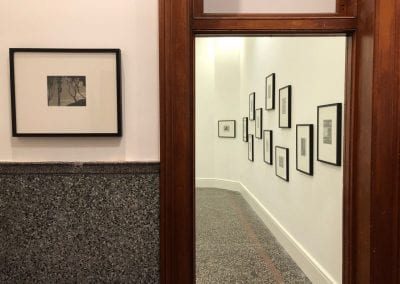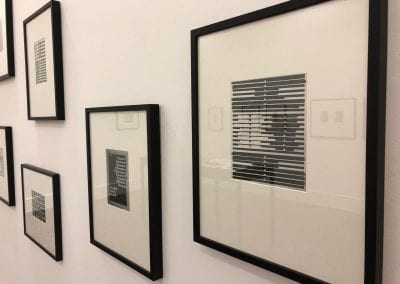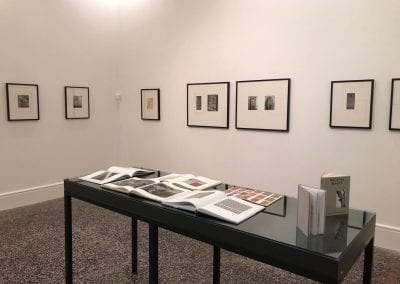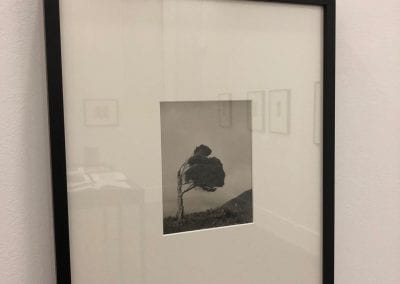Gordon Walters: Photographs
19 June – 11 August 2018
Gordon Walters (1919-1995) is one of New Zealand’s most important artists. He is best known for his paintings that employ the koru, a curving bulb form from Maori tā moko and kōwhaiwhai rafter patterns.
Despite the significance of his art, and the distinctiveness of his most recognisable ‘koru’ series, Walters’ creative practice is not well understood. This exhibition shows a lesser-known aspect of his working process through his use of photography.
In several of his studio locations Walters had his own darkroom and developed his own negatives. During his early career in the 1940s he took many black and white photographs of landscapes, including dying trees and native flora. At this time, he also used photography to record the rock art in Te Waiponamu that he explored together with Dutch expatriate artist Theo Schoon (1915-1985). Walters recorded kōwhaiwhai rafter patterns on marae that he visited with his wife, anthropologist Margaret Orbell. He also documented Pacific artefacts that he studied in museums.
Throughout his career, Walters employed photography extensively to record his own work and build up a visual archive. This included the many paintings and drawings he later destroyed, of which his photograph at the time is now the only remaining haunting record. His interest in taking photographs was less about presenting them as fully resolved works. For Walters, photography was simply another means for him to identify and examine the formal characteristics of visible reality.
Curated by Professor Laurence Simmons. With thanks to Webb’s for funding a free catalogue.







